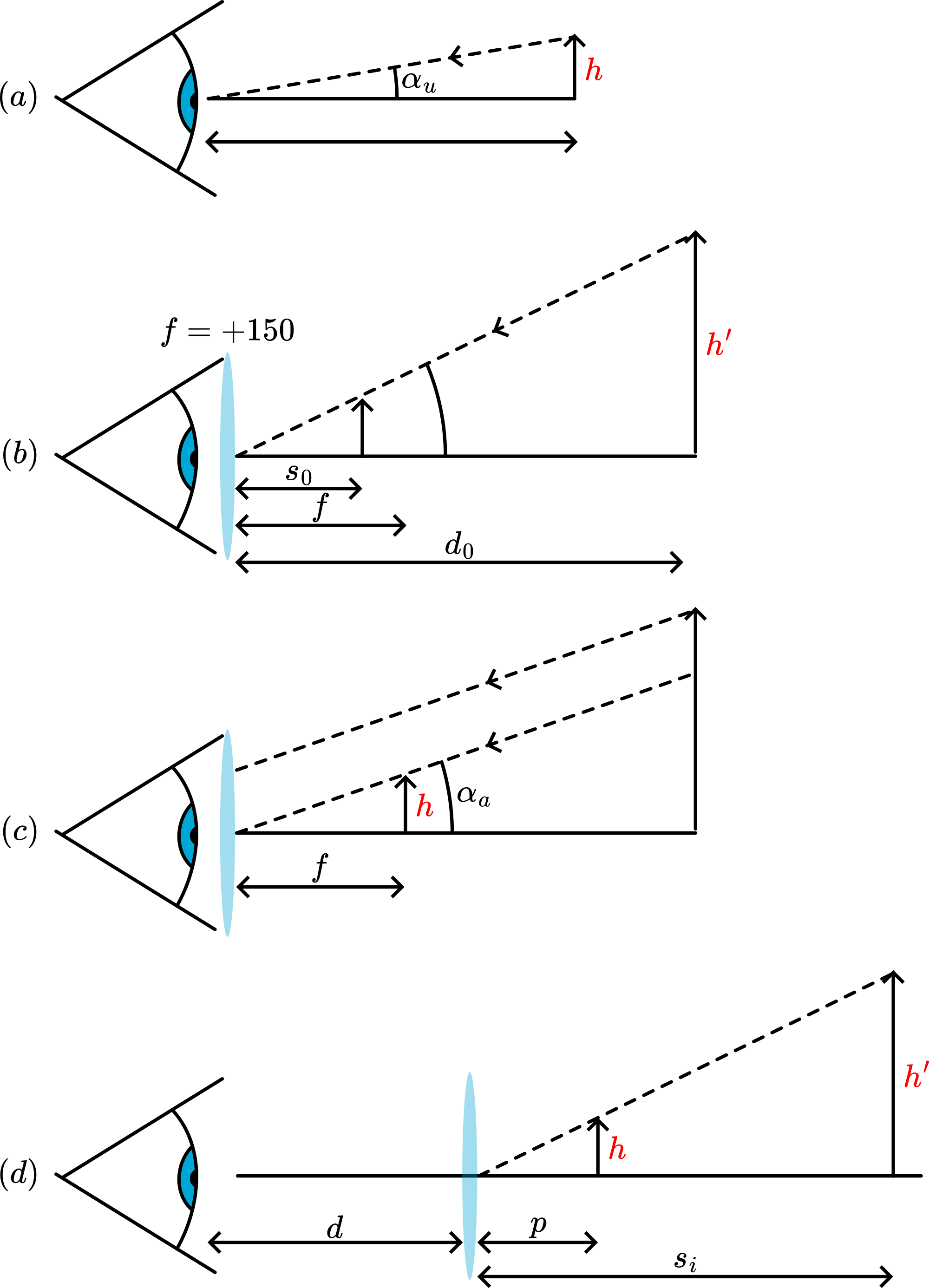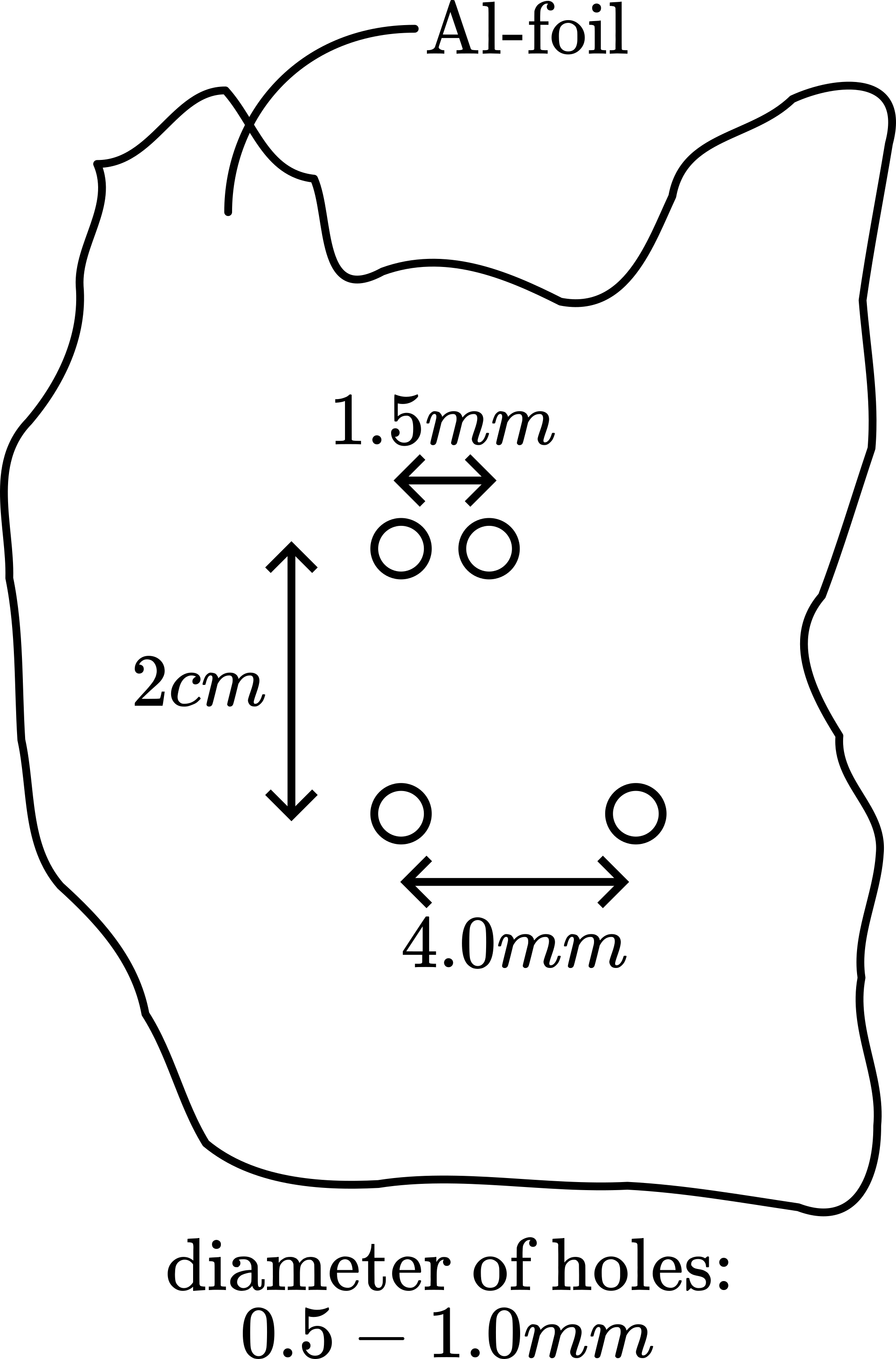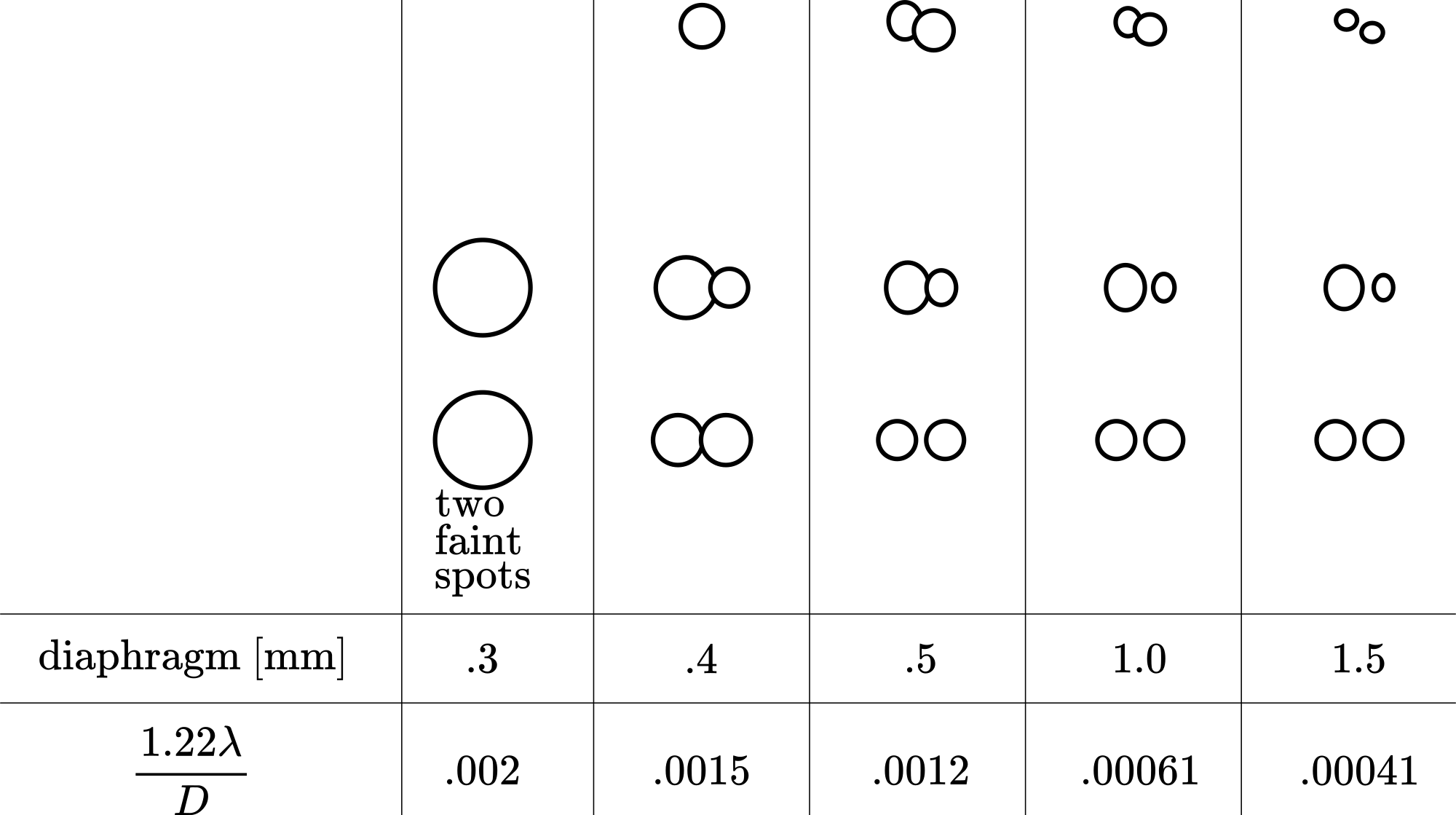01 Diffraction (1), introduction#
Aim#
To introduce the phenomenon of diffraction with a razorblade and a finger.
Subjects#
6C20 (Diffraction Around Objects)
Diagram#

Fig. 597 .#
Equipment#
Steel table.
Magnetic clamps, used to fix the components to the steel table.
Laser, 50mW.
Two surface mirrors \((1 / 10 \lambda)\).
Lens, \(\mathrm{f}=+10 \mathrm{~mm}\).
Lens, \(\mathrm{f}=+50 \mathrm{~mm}\).
Adjustable diaphragm.
Slide holder.
Lens, \(\mathrm{f}=132 \mathrm{~mm}\).
Optical rail, \(\mathrm{I}=1 \mathrm{~m}\), as guiding ruler
Slide-holder with razorblade.
Pattern scanner:
Lightsensor;
Rotary motionsensor;
Linear translator, with aperture .1mm .
Interface
Software.
Projector to project monitor image.
Presentation#
Preparation#
The demonstration is set up as shown in Diagram:
The two mirrors are positioned in such a way that the laser beam passes parallel to the table.
The two lenses (\(+10\mathrm{~mm}\) and \(+50\mathrm{~mm}\)) are positioned at an intermediate distance of \(60\mathrm{~mm}\). Having passed these lenses, the laserbeam is broadened. Take care that the broadened beam is still parallel to the table.
The lens of \(132 \mathrm{~mm}\) can easily be shifted in this beam up and down using the carefully positioned guidance rail.
Demonstration#
The set-up as described in Preparation is shortly explained to the students. The most important in this explanation is that the razorblade will be placed in a broadened beam and that the razorblade will be illuminated by plane waves. The \(+132 \mathrm{~mm}\)-lens will project an enlarged image of the shadow of the razorblade.
The razorblade is placed on an overhead projector, so the students can see its shape. The laser is switched on and the broadened beam projects on the wall (see Diagram, \(\mathrm{C}_{1}\); the diameter of the projected spot is around \(1 \mathrm{~m}\) ). Then the razorblade is shifted on the slide holder into the beam. The typical diffraction pattern appears (see Diagram, \(\mathrm{C}_{2}\) ). This photograph is of a poor quality as compared to what we see in the projection: we easily see around 10 fringes. The razorblade is removed and the demonstrator holds his fingertip in the broadened beam. Also now a fringed shadow pattern appears. Then the razorblade is set vertically in the slide holder and the shadow of one side of the razorblade is observed more carefully: We see many fringes in the region of uniform illumination. The distance between the fringes diminishes as we move away from the geometrical shadow line. Also very clear is that the intensity of the first fringe is higher then the intensity of the uniform illumination.
###optional

Fig. 598 .#
The pattern scanner, as described in the list of equipment,is placed in the projected beam (see Figure 598) and connected to the interface to scan and record position and intensity of the image on the pc. First the intensity of the broadened laserbeam is registered (see Figure 599, red line). Then the razorblade is positioned vertically, blocking half the beam and again the whole pattern is scanned (see Figure 599, green line).

Fig. 599 .#
In this registration it is very clear that there is an increase and decrease all over the fringe pattern (by eye we see only the increase in intensity of the first fringe). When the fringe pattern is enlarged, the continuing fringing can be seen at all points of the registered intensity. Also the change in fringe separation is very clear. We also see that in the shadow region the intensity drops off rapidly.
Explanation#
The first part of the demonstration is used as an introduction to diffraction, to give some idea of the richness and complexity of “just casting a shadow by an opaque object”. The second part of the demonstration shows that in the shadow image there are points of constructive - and destructive interference. An extensive explanation of the fringed pattern is not appropriate when this demonstration is used just as an introduction to diffraction.(Such an explanation needs Fresnel equations and the visualization by means of the Cornu spiral.) At such an introductory stage it suffices to look at Figure3, where the secondary wavelets emitting from the red points (Huygens-Fresnel principle) next to the edge of the razorblade meet at \(P\).

Fig. 600 .#
The two rays drawn enhance when the optical path difference \(a \sin \varphi=m \lambda ;(m=1,2,3, \ldots . .\).\() When\) \(\operatorname{asin} \varphi=m(\lambda / 2)\) then the two rays cancel. This too short explanation makes the observed fringe pattern just plausible.
Remarks#
When introducing diffraction (for instance by means of a ripple tank) the phenomenon is often described as waves entering the shadow region. In this demonstration with the razorblade the observed phenomenon is in the lightened region.
The observed diffraction pattern is of the Fresnel type and not of the usually described Fraunhofer type. This is, because the “aperture” of the razorblade edge is very large compared to the distance of observation. (See the demonstration Fraunhofer-Fresneldiffraction.)
Sources#
Hecht, Eugene, Optics, pag. (introductory): 433-436 (extensive); chapter 10
Young, H.D. and Freeman, R.A., University Physics, pag. 1165-1167
